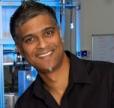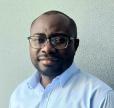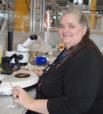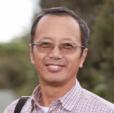

Showing 1301 - 1320 of 1566 results


Role at ANSTO
2000 year global temperature record published
Lake sediments as environmental archives used in compilation of data.

Role at ANSTO
Better understanding of light harvesting may benefit agriculture
Australian planetary scientists congratulate NASA after Juno enters Jupiter's orbit

Role at ANSTO

Role at ANSTO

Role at ANSTO
Bacteria research set to bolster antibiotic-resistant drug development

Role at ANSTO

Giulio Ruiu (also known as Julian) brings over a decade of specialised experience in radiation safety, with a strong focus and passion for radiation protection and the practical application of safety principles.

Role at ANSTO

Dr Karin Soldenhoff is a Principal Consultant within ANSTO's minerals area, managing the process development and research groups.

Role at ANSTO
3D printing of single atom catalysts pioneered by research team for industrial chemical and energy applications
A large international collaboration has developed a straightforward and cost-effective synthesizing approach using a 3D printing technique to produce single atom catalysts (SACs)—potentially paving the way for large scale commercial production with broad industrial applications.

Role at ANSTO
Material with molecular trapdoor holds promise for highly selective gas adsorption
An international team led by scientists at City University of Hong Kong has found flexible metal-organic framework (MOF) with one-dimensional channels that acts as a “molecular trapdoor” to selectively adsorb gases, such as carbon dioxide, in response to temperature and pressure changes.
Australia’s nuclear science capabilities have been central to our fight against COVID-19
ANSTO scientists share approach on the global stage at the IAEA General Conference.

Dr Anita D’Angelo is a Beamline Scientist for the Powder Diffraction beamline.